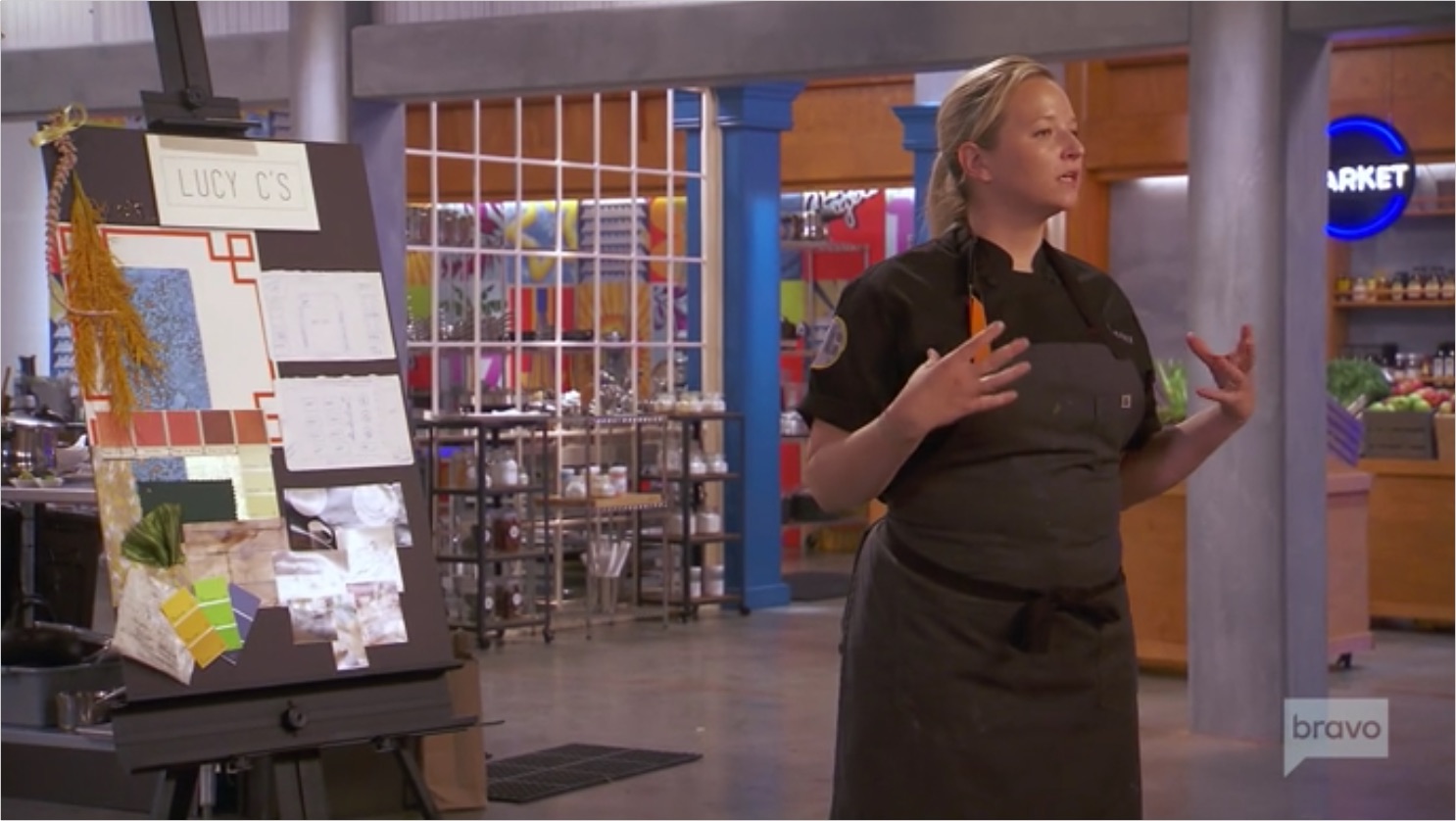
It’s not overstating things to say that the success of your business largely hinges on two aspects of the same concept:
- The clarity of your brand positioning strategy
- Your ability to communicate that positioning to customers
The reason your positioning is so critical is because it centers around the most fundamental elements of your business:
- Identify the needs your customers seek to fulfill in their lives
- Understand how customers satisfy those needs now, and how your solution will be different than the competition
- Create and deliver a unique solution for those needs
That’s it. That’s the secret key to unlocking a successful business. But it’s definitely a classic easier-said-than-done type of process.
In fact, that first bullet alone — knowing what your customers actually need — represents the #1 reason startups fail. There’s “No market need”.
If you do nail that piece though, you still have to tackle the second step of the process — communicating your position effectively.
With so many moving parts, it can be helpful to see a set of real world examples to understand how all the elements work together.
Luckily, the TV show Top Chef provided a nice sample set to crystallize how powerful positioning is to the success of your brand.
Top Chef Restaurant War Pitches: Positioning Gone Right..And Wrong
If we’ve learned anything from Shark Tank it’s that even seasoned entrepreneurs can struggle when it comes to delivering a tight, verbal pitch for their brand.
To pitch well, your positioning needs to be rock solid and your communication of that positioning has to be engaging and clear.
On this recent all-star season of Top Chef, they had an episode that focused on this very challenge. The contestants, most of whom own one or more restaurants already, had to pitch an idea for a new restaurant concept.
The judges for the episode consisted of a panel of renowned chefs, food critics, and restaurateurs. In other words, these are people who can tell the difference between an idea with legs and one that’s half-baked.
In the episode, the judges selected the top 3 and bottom 3 pitches. Using that as our guide, here’s a breakdown of the pitches and where their positioning worked and where it went wrong.
The Bottom 3 (aka. Positioning Chopped Liver):
Stephanie Cmar: “Lucy C’s” 
Stephanie described her concept as “modern, elevated comfort food”. Her dishes included a smoked salmon pate, and a pork schnitzel. She said she wanted to make “everyone feel as though it’s a meal beyond what they could execute at home.”
Why The Positioning Didn’t Work:
The concept wasn’t cohesive which made it hard to know how it would stand out and what type of customers it might attract. Each element felt separate and disjointed. Even the name, which was a sweet homage to a dog she had for 15 years, lacked a strong connection back to the restaurant itself.
Key Quote From The Judges:
“Is it a non-concept, concept?”
Lee Anne Wong: “Hanai Mama”
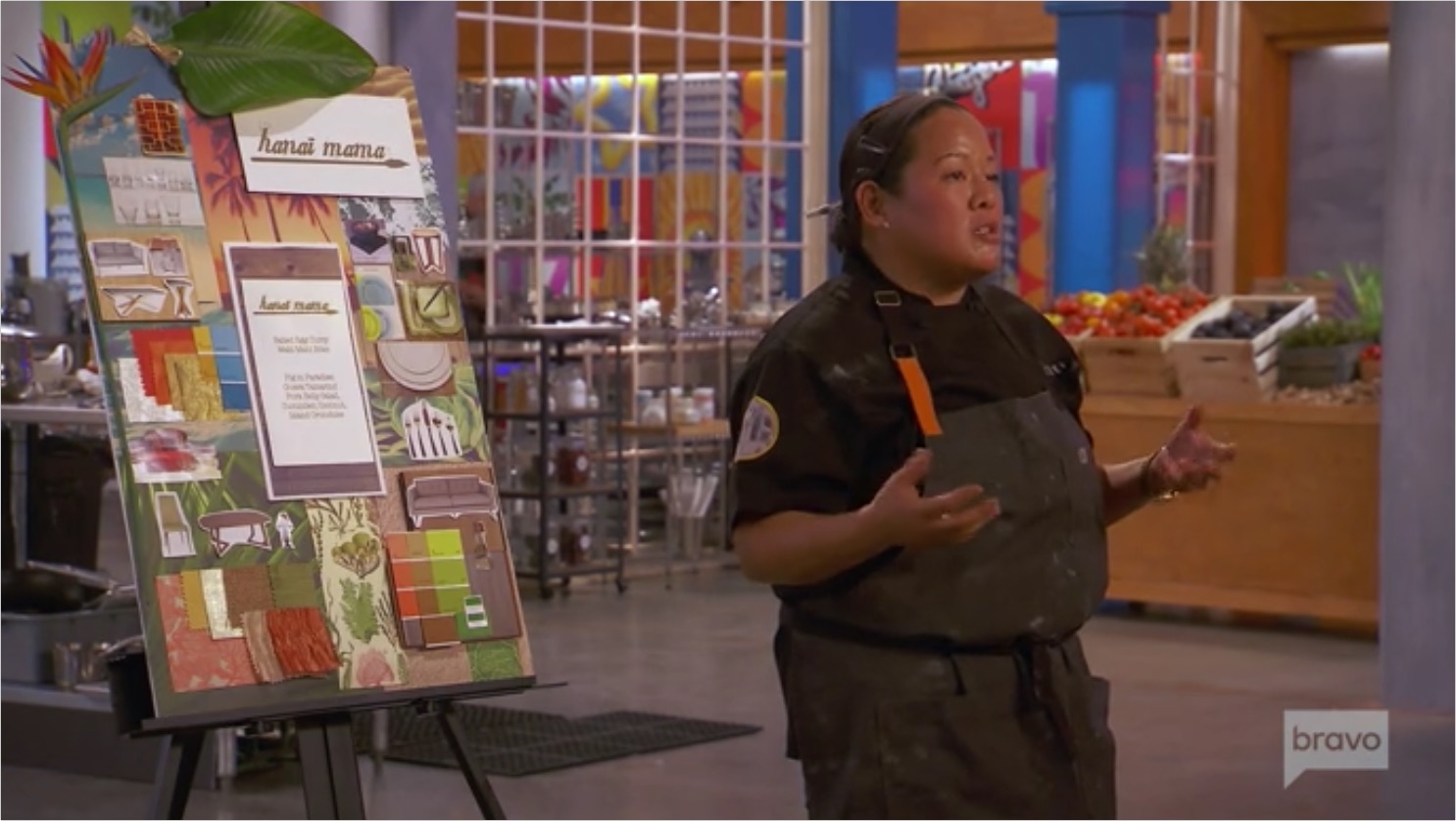
Lee Anne’s concept focused on modern dishes inspired by traditional Hawaiian flavors. she described the food as “an old plantation feel, meets mid-century modern.”
Why The Positioning Didn’t Work:
While there are certainly distinct flavors and ingredients connected to Hawaiin food, Lee Anne wasn’t able to put enough of a unique spin on it to make it her own. Between the positioning and the execution, her pitch didn’t deliver a concept that the judges thought would be memorable.
Key Quote From The Judges:
“Lee Anne’s concept doesn’t feel that different than so many other Hawaiian restaurants.”
Eric Adjepong: “Middle Passage”

Eric’s concept focused on dishes inspired by the historical African Diaspora, otherwise known as the Transatlantic Slave Trades. His goal is to bring the foods and flavors of West and Central Africa to a wider audience.
Why The Positioning Didn’t Work:
The story behind the food is powerful and meaningful. Unfortunately, his positioning fell short around the delivery style of the concept and how that would align with an audience. He tried to straddle between offering fine dining dishes within a casual, accessible environment. That disconnect made it hard for the judges to envision the concept.
Key Quote From The Judges:
“Food aside, he’s a little bit confused about whether it’s going to be casual and fun, or fine dining.”
Now, The Top 3 (aka. Positioning Filet Mignon):
Kevin Gillespie: “The Country Captain”
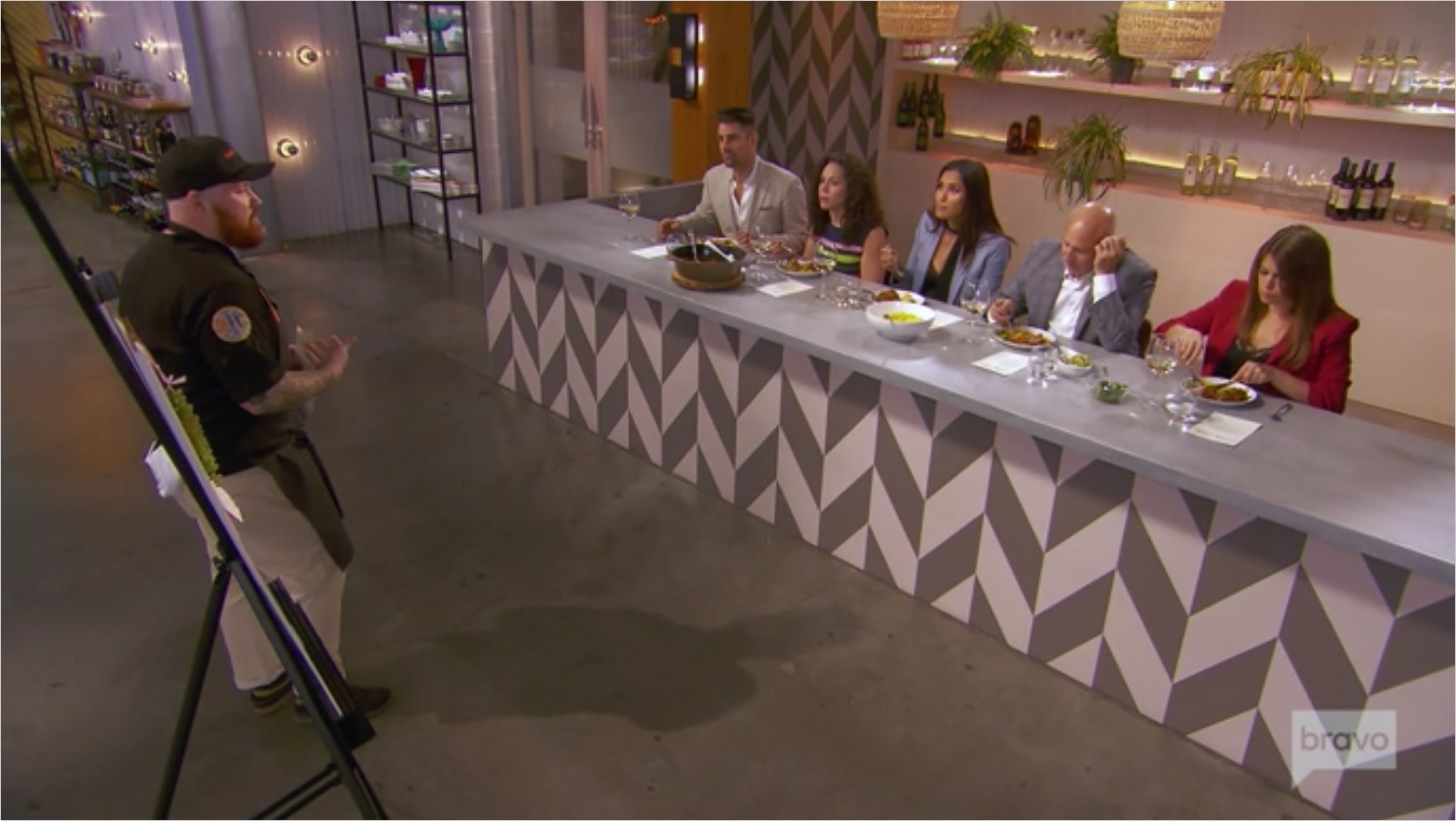
Kevin’s concept focused on a theme of elevated southern food. It took a classic southern chicken dish with a fun, memorable name, “The Country Captain”, and made that the centerpiece of the restaurant.
Why The Positioning Worked:
Because the concept focused around one central dish that gets served to every customer it was easy to latch onto the idea quickly. The role the dish had historically in introducing certain spices and flavors to the south also elevated the concept. The connection back to his own family history made the concept feel personal and fully formed.
Key Quote From The Judges:
“I can visualize myself sitting on the veranda in Georgia.”
Gregory Gourdet: “Kann”
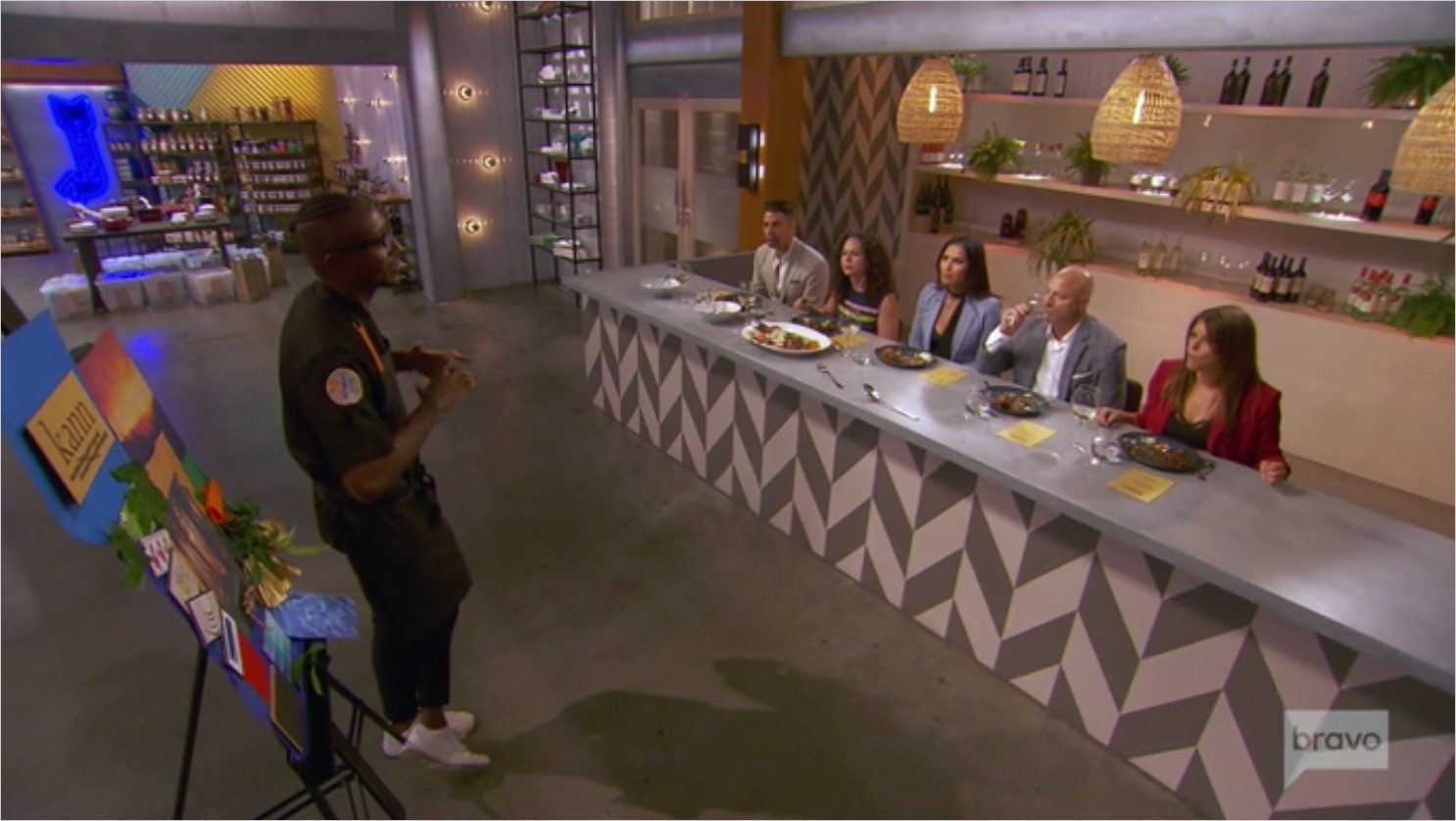
Gregory’s concept featured Haitian dishes inspired by his upbringing in Haiti. He used traditional flavors and foods but put his own refined twist on them.
Why The Positioning Worked:
A big part of what made Gregory’s concept work was the specificity of it. The flavors and foods all supported a clear, cohesive style of cooking that would likely be new for a lot of people. He then complemented that with the personal connection to his family. The name, “Kann” referred to his memories of eating sugarcane as a boy in Haiti.
Key Quote From The Judges:
“It’s interesting and it’s got a point of view.”
Brian Malarkey: “D2”
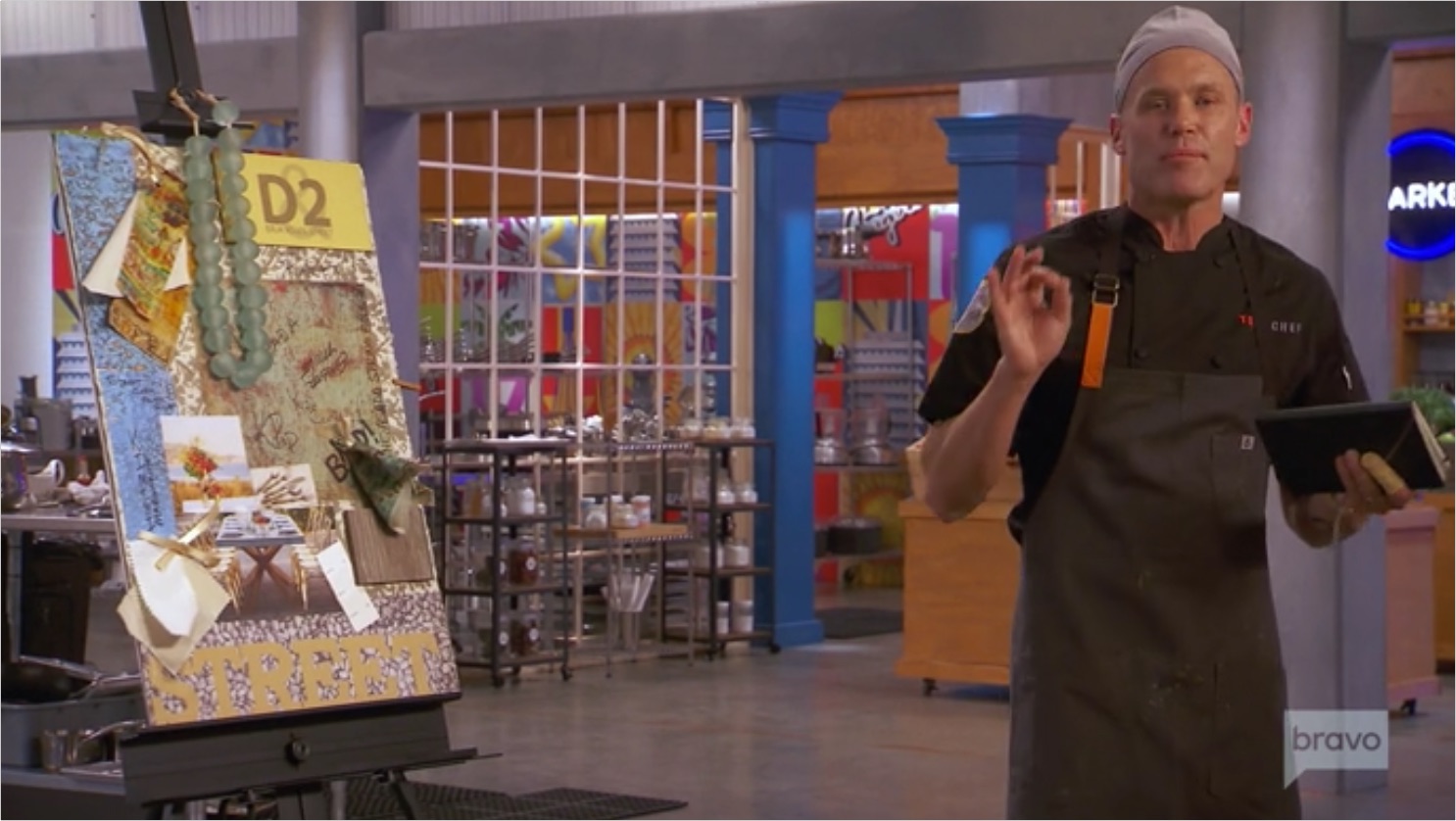
Brian’s concept was a unique fusion of Mexican and Asian street food. He wanted to create a concept that would appeal to a younger, millennial audience both in terms of concept and a lower price point.
Why The Positioning Worked:
Every aspect of this pitch was clear. He developed a unique combination of food styles, delivered it in a specific, lower cost way, and targeted a particular type of customer with it. While the inspiration behind the idea was cheesy (D2 refers to the love story between the Donkey and Dragon characters in the movie Shrek), it was memorable and had a point of view.
Key Quote From The Judges:
“This is fun food, I think he’s aiming toward the right people with it.”
Key Positioning Takeaways
When we look at all these pitches together, there are clear themes that relate back to positioning fundamentals.
The pitches that were most successful:
- Fulfilled a specific need in terms of audience and price point
- Used clear points of differentiation to help the concept stand out and be memorable
- Delivered high quality dishes that supported and aligned with the overall concept
The unsuccessful pitches were basically the opposite of that. They were muddy around who they served, what made them unique, and how they delivered on the promise of the concept.
You may not have to pitch your brand in front of a panel of experts like they did on the show, but you are pitching constantly to your customers. And your customers will be just as critical in their judgement. Even if they don’t give you verbal feedback, they’ll certainly give you feedback with their engagement and commitment of dollars.
To make sure every “pitch” you have with your audience is as successful as possible your positioning and communication have to be clear. If they’re not, your brand could end up getting voted out.

Get Help With Your Brand Positioning
If you’re ready to build stronger connections with your customers, reach out for a free consultation. We’ll help you transform your best business thinking into an actionable, shareable, growth-oriented guide. Click below to learn more about the Brand Guidebook process.

